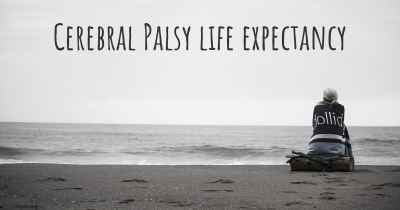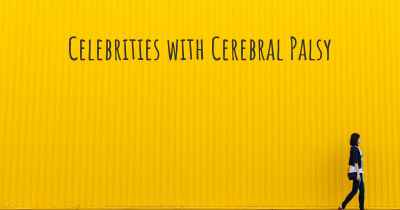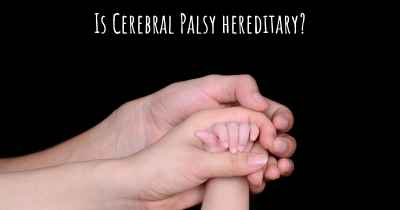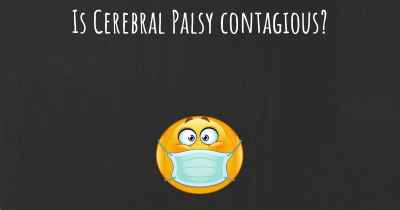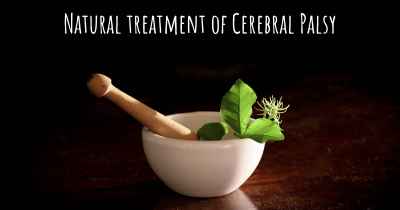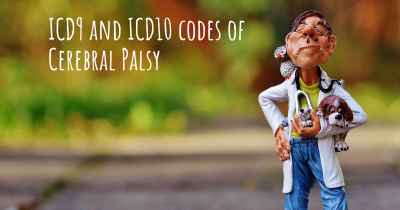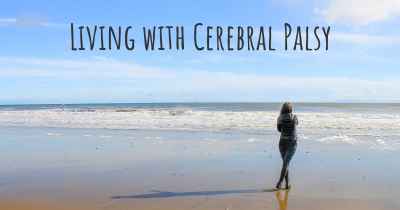How do I know if I have Cerebral Palsy?
What signs or symptoms may make you suspect you may have Cerebral Palsy. People who have experience in Cerebral Palsy offer advice of what things may make you suspicious and which doctor you should go to to receive treatment
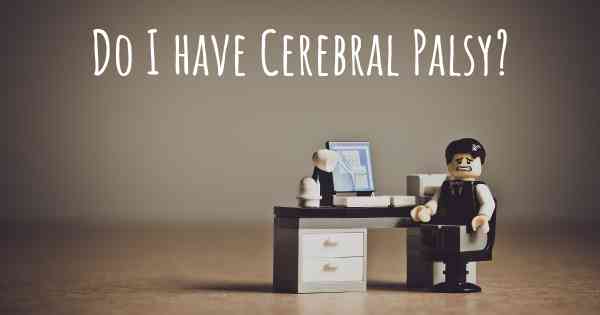
Cerebral Palsy:
Cerebral Palsy (CP) is a group of neurological disorders that affect movement, muscle tone, and coordination. It is caused by damage to the developing brain, typically before or during birth, but can also occur in early childhood. CP is a lifelong condition, but its symptoms and severity can vary widely from person to person.
Symptoms:
The signs and symptoms of cerebral palsy can manifest differently in each individual. Some common indicators include:
- Delayed milestones: Children with CP may have delays in reaching developmental milestones such as rolling over, sitting, crawling, or walking.
- Abnormal muscle tone: Muscles may be too stiff (spasticity) or too floppy (hypotonia).
- Impaired coordination and balance: Difficulties with fine motor skills, such as grasping objects, or gross motor skills, such as walking or running, may be present.
- Involuntary movements: Uncontrolled movements, tremors, or spasms may occur.
- Speech and communication difficulties: Some individuals with CP may have challenges with speech, including slurred or slow speech, or difficulty with articulation.
- Intellectual disabilities: While not always present, some individuals with CP may have intellectual impairments.
Diagnosis:
If you suspect you or your child may have cerebral palsy, it is important to consult with a healthcare professional. Diagnosis typically involves:
- Medical history: The doctor will review your medical history and ask about developmental milestones.
- Physical examination: The doctor will assess muscle tone, reflexes, coordination, and motor skills.
- Neurological examination: This may include brain imaging, such as MRI or CT scans, to identify any brain abnormalities.
Treatment and Support:
While there is no cure for cerebral palsy, various treatments and therapies can help manage symptoms and improve quality of life. These may include:
- Physical therapy: Exercises and activities to improve muscle strength, flexibility, and coordination.
- Occupational therapy: Techniques to enhance daily living skills and promote independence.
- Speech therapy: Exercises to improve speech and communication abilities.
- Medications: Medications may be prescribed to manage muscle spasms, seizures, or other associated conditions.
- Assistive devices: Devices like braces, walkers, or wheelchairs can aid mobility and independence.
It is crucial to consult with healthcare professionals for an accurate diagnosis and appropriate treatment plan tailored to your specific needs.
